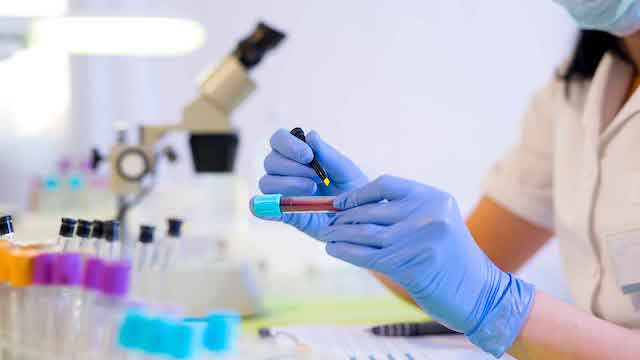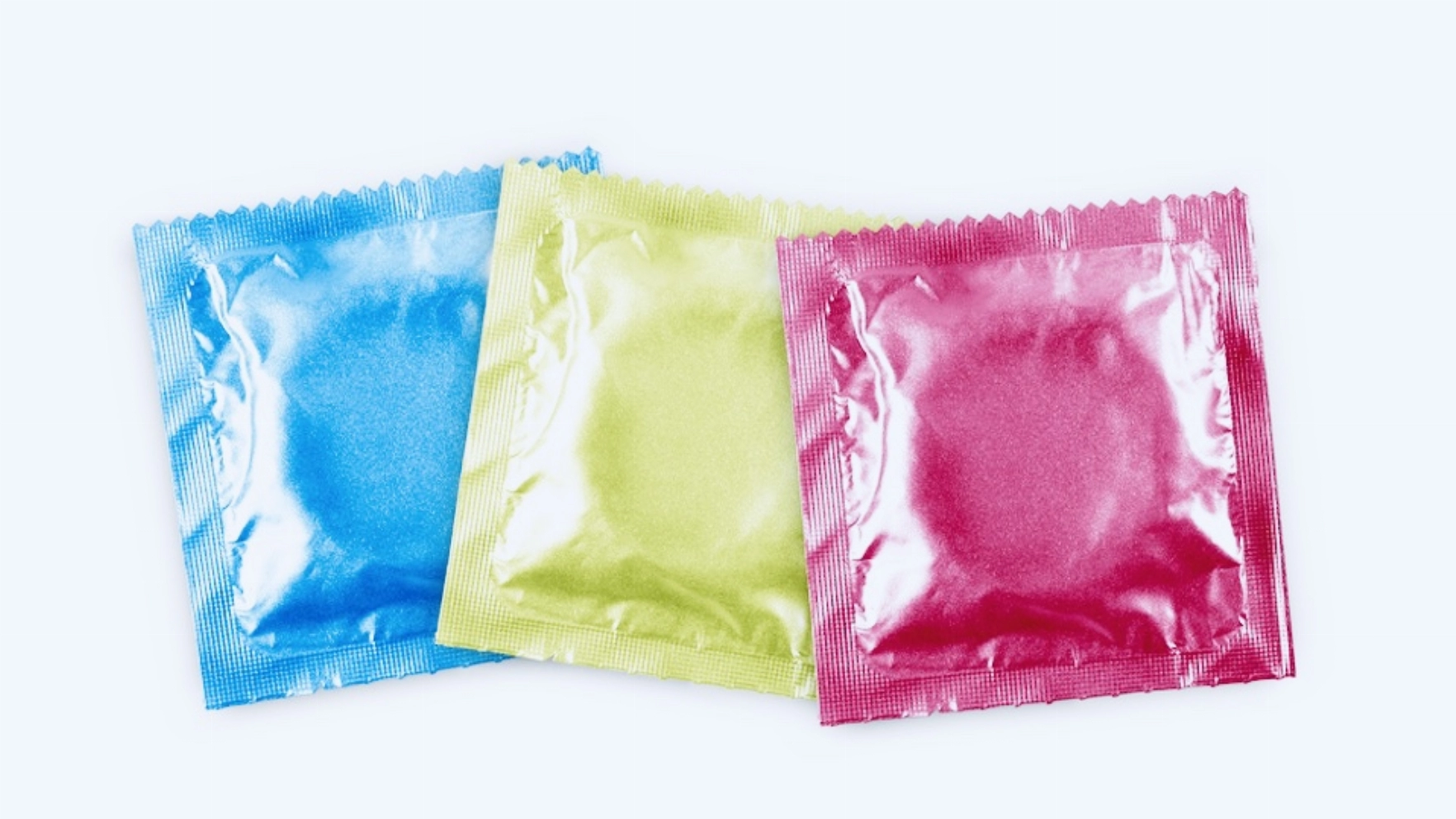Sexually Transmitted Infections (STIs)
We all know less or more about them, some of us have experienced them and the luckier part have not seen their symptoms - that’s right, we are talking about STIs or sexually transmitted infections here. Even if you are not sexually active, you should have some knowledge about how such diseases present themselves and when they are contagious because, what is not so evident, some of them are not only sexually transferable.
First things first, who is at risk?
Naturally, the sexually active people come first to mind - it is correct. A condom is the best protection here - no pills, no spirals nor anythig else, only a physical barrier will do. Plus, hygene is of course crucial as well. Among the group of sexually active people women are at more risk since their skin and mucosa surface of reproductive system is way greater than the one of a penis - it is totally possible that a woman will get sick and a man won’t when talking about the same infection source. Furthermore, some sexually transmitted diseases present themselves with contagious rashes that take up the whole body or some are transferable via the oral way - you can also simultaneously get pharyngitis.

Let’s take a closer look on some of the most common STIs.
Chlamydia
This one is definitively the most common STI in the whole modern world. The symptoms are caused by bacteria of the Chlamydia Trachomatis species and they are not always present - the disease is symptomless in 70 - 90% women and 50% men. It may seem comfortable at first sight but even though nothing unpleasant is happening, the infection is still growing and spreading while one is completely unconscious of it. When the symptoms do happen though, among them there can be found:
• pain or burning by urination
• excessive vaginal blood loss/lower abdominal pain by women
• watery discharge by men.
The reinfections are usual and the more reinfections the more chances of long - term complications like PID (pelvic inflammatory disease), epididymitis, proctitis or weaker fertility.
Gonorrhea
It is caused by bacteria called Neisseria Gonorrhoeae. It can also be symptomless however more commonly among men this time. If the symptoms occur, they can show as:
• pharyngitis (very frequent! especially after oral sex)
• urethritis with burning/painful urination
• proctitis
• purulent discharge in men.
Some symptomless infections can disappear by themselves, nonetheless the complications still do exist and contain PID, epididymitis and weaker fertility as well.
Syphilis
Another type of bacteria stay behind it - namely Treponema Pallidum. Here, the condition takes a little bit different course and can carry long - term effects with itself. The whole disease can be divided into three subsequent stages of distinct symptoms:
• Stage 1 (3 weeks post infection): a painless chancre or an ulcer forms in the genial area (note than in women they do not have to be seen as they can occur inside one’s vagina); its rims are hightened, it is filled with contagious discharge.
• Stage 2 (3 - 10 weeks after the chancre): flu - like symptoms may occur including fever, muscle pain, malaise, general weakness; after that a special type of a rash called condylomata lata occurs - it consists of reddish papules and plaques which characteristically take over the palms and soles; it is visible on the whole body and it is also contagious.
After the stage 1 or 2 a spontaneous healing may happen.
• Stage 3 (years post infection); growth of non contagious skin lesions called gummas occur; furthermore syphilis affects the heart and the nervous system, disrupting their healthy function.

Herpes genitalis
Simply put, it is a Herpes Simplex infection of the genital area. This time it is viral but it doesn’t anyhow mean that it is less common. Before the skin symptoms are visible, a 2 - 3 days phase of flu - like symptoms occur. After that, 6 - 7 days post infection, vesicles filled with fluid appear on the skin; then they can break and form little ulcers. It is also very common that bacteria take over the virally - changed skin area , resulting in e.g. impetigo.
, resulting in e.g. impetigo.
updates?









0